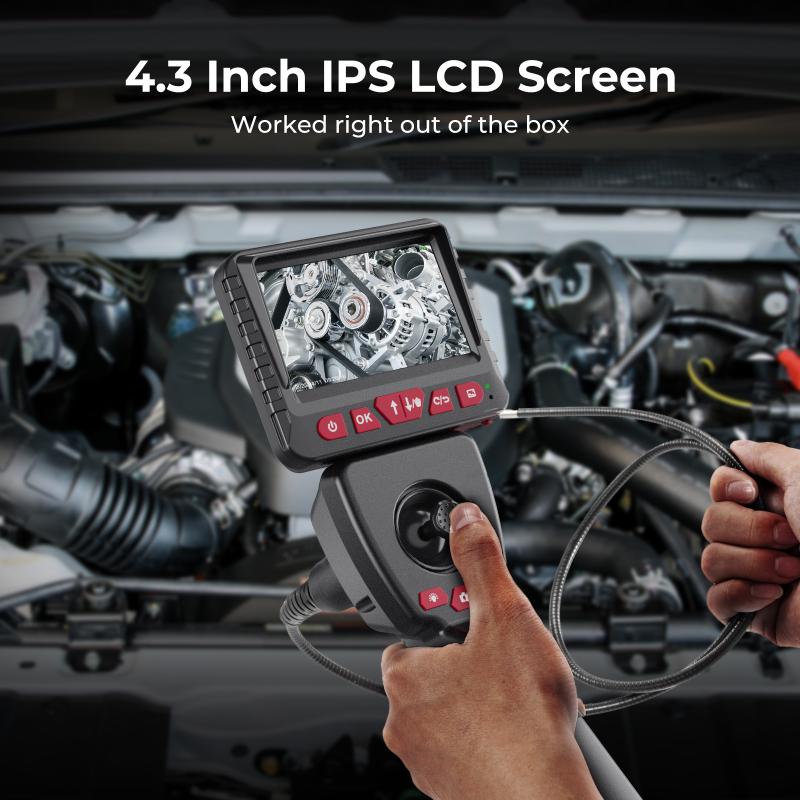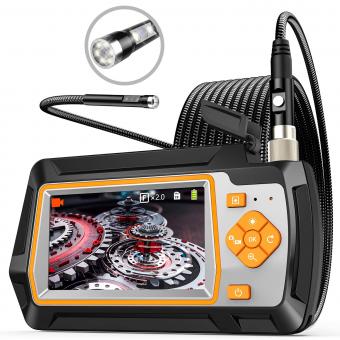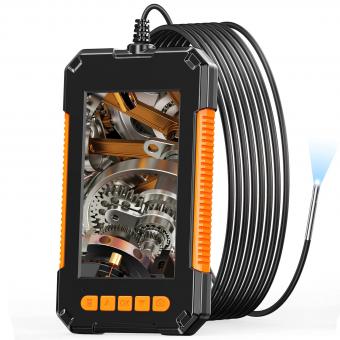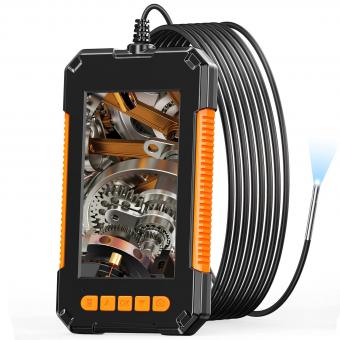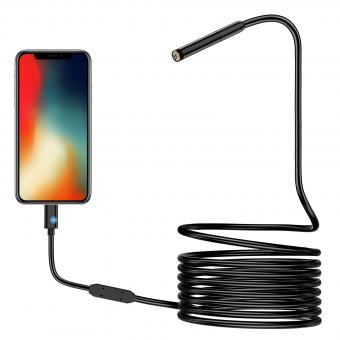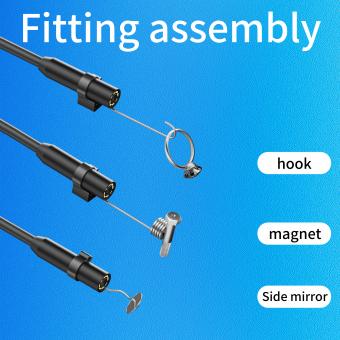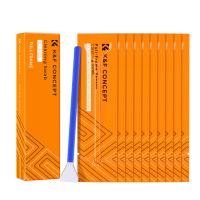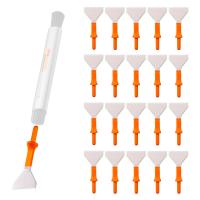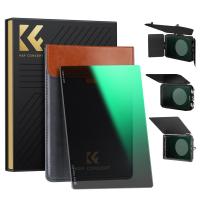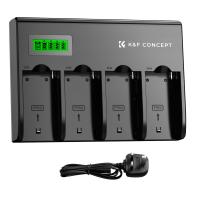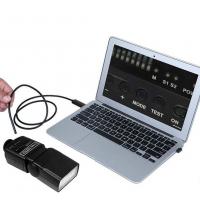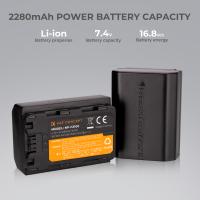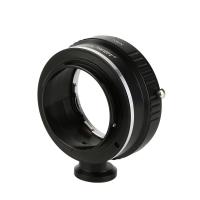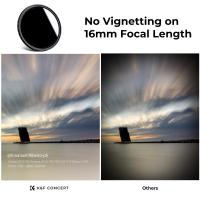How To Use An Endoscope ?
To use an endoscope, first, ensure that the endoscope is properly sterilized and in good working condition. Then, insert the endoscope into the body cavity or organ you wish to examine, following the specific instructions provided by the manufacturer. Use the controls on the endoscope to maneuver and navigate through the area of interest, while observing the images on the monitor or screen connected to the endoscope. Take necessary precautions to avoid any damage or injury during the procedure. After use, clean and disinfect the endoscope according to the recommended guidelines to maintain its functionality and prevent infections.
1、 Introduction to Endoscopy and its Applications
An endoscope is a medical device that allows doctors to visualize and examine the internal organs and structures of the body. It consists of a long, flexible tube with a light and camera attached to one end, which is inserted into the body through a natural opening or a small incision. The images captured by the camera are then displayed on a monitor, enabling the doctor to diagnose and treat various conditions.
To use an endoscope, the first step is to prepare the patient. This may involve fasting or cleansing the area to be examined. The endoscope is then inserted into the body, guided by the doctor's expertise and the patient's anatomy. The camera captures high-resolution images, which can be recorded for further analysis or shared with other medical professionals.
Endoscopy has revolutionized the field of medicine, allowing for minimally invasive procedures and reducing the need for more invasive surgeries. It is commonly used in gastroenterology to diagnose and treat conditions such as ulcers, polyps, and gastrointestinal bleeding. Endoscopy is also used in urology, gynecology, and pulmonology, among other specialties.
In recent years, there have been advancements in endoscopic technology, such as the development of high-definition cameras and robotic-assisted endoscopy. These advancements have improved the quality of images and allowed for more precise procedures. Additionally, there has been a growing interest in therapeutic endoscopy, where endoscopes are used not only for diagnosis but also for treatment, such as removing tumors or placing stents.
In conclusion, endoscopy is a valuable tool in modern medicine, allowing doctors to visualize and treat internal conditions with minimal invasiveness. With ongoing advancements in technology, endoscopy continues to evolve, providing better diagnostic and therapeutic options for patients.
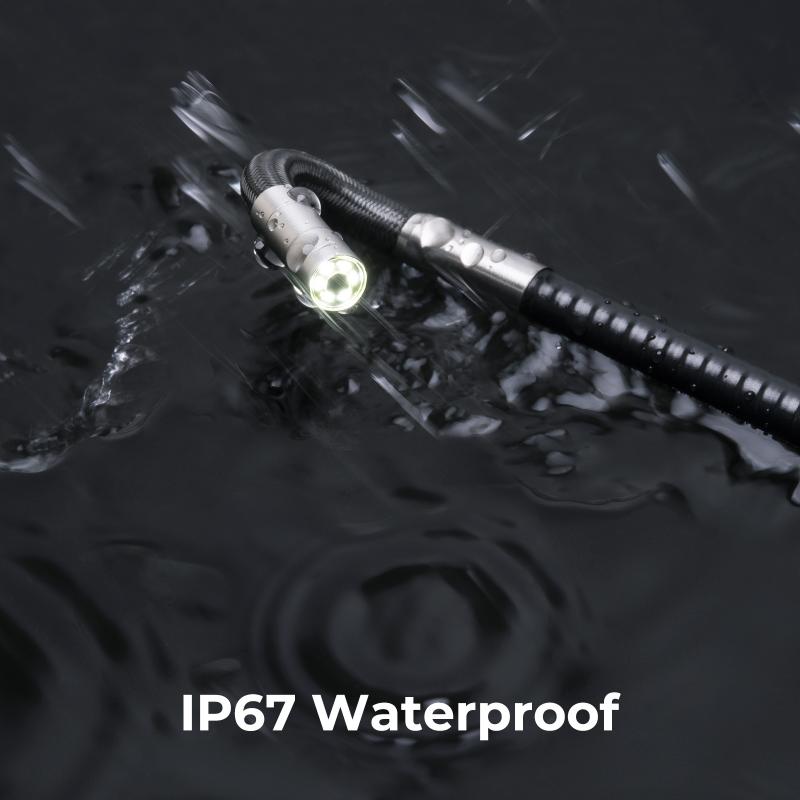
2、 Types of Endoscopes and their Functions
Types of Endoscopes and their Functions
Endoscopes are medical devices used to visualize and examine the internal organs and structures of the body. They consist of a long, flexible tube with a light and camera attached to one end, allowing doctors to see inside the body without the need for invasive surgery. Here is a brief overview of the different types of endoscopes and their functions:
1. Gastrointestinal Endoscope: This type of endoscope is used to examine the digestive tract, including the esophagus, stomach, and intestines. It is commonly used to diagnose conditions such as ulcers, polyps, and gastrointestinal bleeding.
2. Bronchoscope: A bronchoscope is used to examine the airways and lungs. It helps in diagnosing and treating conditions like lung infections, tumors, and chronic obstructive pulmonary disease (COPD).
3. Colonoscope: This endoscope is specifically designed to examine the colon and rectum. It is commonly used for screening and diagnosing colorectal cancer, as well as detecting and removing polyps.
4. Cystoscope: A cystoscope is used to examine the bladder and urethra. It is helpful in diagnosing and treating conditions like urinary tract infections, bladder stones, and bladder cancer.
5. Laparoscope: This type of endoscope is used in laparoscopic surgery, a minimally invasive surgical technique. It allows surgeons to visualize and operate on the abdominal organs through small incisions, reducing the need for large surgical openings.
6. Arthroscope: An arthroscope is used to examine and treat joint-related conditions, such as arthritis, torn ligaments, and cartilage damage. It is commonly used in orthopedic surgeries.
To use an endoscope, a doctor inserts the tube into the body through a natural opening or a small incision. The camera captures images that are displayed on a monitor, allowing the doctor to examine the internal structures in real-time. The latest advancements in endoscopy technology have led to the development of high-definition cameras, improved maneuverability, and better image quality, enhancing the accuracy and effectiveness of endoscopic procedures.
It is important to note that endoscopes should only be used by trained medical professionals. The procedure requires expertise and knowledge to ensure patient safety and accurate diagnosis.
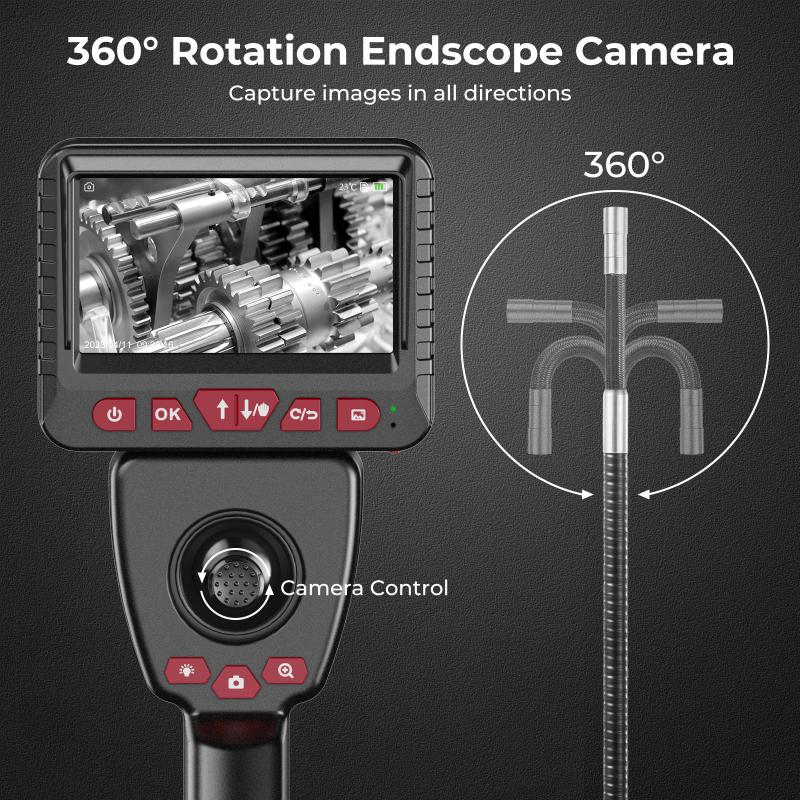
3、 Preparing for an Endoscopic Procedure
Preparing for an Endoscopic Procedure
Endoscopic procedures are commonly used in medical practice to diagnose and treat various conditions. An endoscope is a flexible tube with a light and camera attached to it, allowing doctors to visualize and access internal organs and structures. If you are scheduled for an endoscopic procedure, it is important to be well-prepared to ensure a successful and safe experience. Here are some steps to follow:
1. Consultation: Before the procedure, you will have a consultation with your doctor to discuss the reasons for the endoscopy, potential risks, benefits, and alternatives. This is an opportunity to ask any questions or express concerns you may have.
2. Pre-procedure instructions: Your doctor will provide specific instructions to follow before the procedure. This may include fasting for a certain period of time, stopping certain medications, or adjusting your regular routine.
3. Consent: You will be asked to sign a consent form, indicating that you understand the procedure and its potential risks.
4. Anesthesia: Depending on the type of endoscopy, you may receive local anesthesia to numb the area or general anesthesia to make you unconscious during the procedure. Your doctor will discuss the appropriate option for you.
5. Preparing the body: In some cases, you may need to cleanse your bowel or stomach before the procedure. This may involve taking laxatives or drinking a special solution to ensure a clear view during the endoscopy.
6. Arrangements: It is important to arrange for someone to accompany you to and from the procedure, as you may be groggy or unable to drive afterward.
7. Follow-up care: After the endoscopic procedure, your doctor will provide instructions for post-procedure care, including any necessary medications or dietary restrictions.
It is worth noting that advancements in technology have led to the development of minimally invasive endoscopic procedures, such as capsule endoscopy, which involves swallowing a small camera in the form of a pill. This allows for a more comfortable and convenient experience for patients.
In conclusion, preparing for an endoscopic procedure involves consultation with your doctor, following pre-procedure instructions, understanding the risks and benefits, and arranging for post-procedure care. By being well-prepared, you can ensure a successful and safe endoscopic experience.
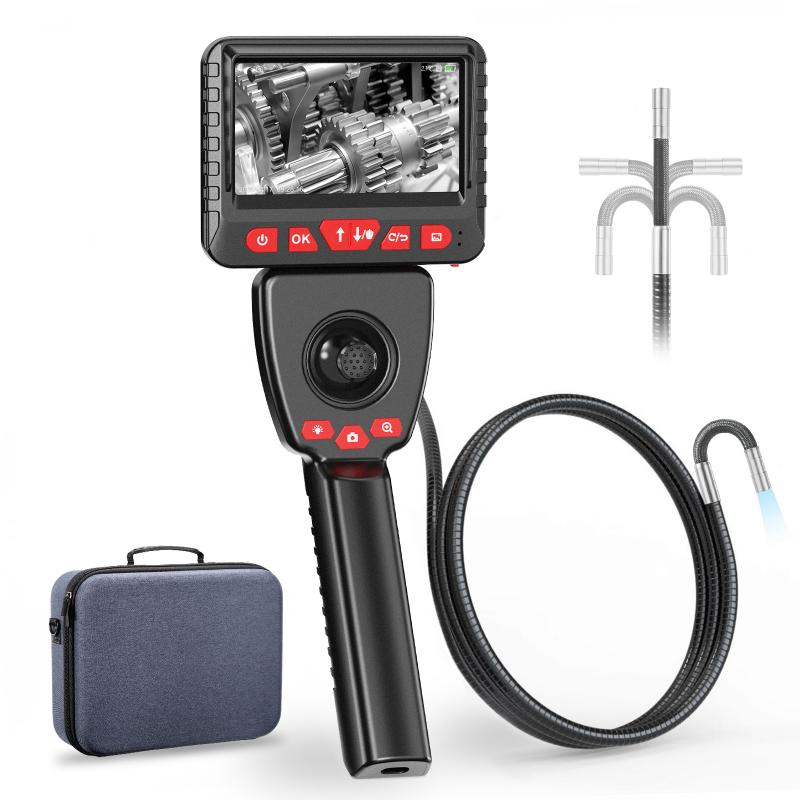
4、 Inserting and Maneuvering the Endoscope
Inserting and maneuvering an endoscope is a crucial skill for medical professionals in various fields, including gastroenterology, urology, and pulmonology. The endoscope is a flexible tube with a light and camera attached to it, allowing for visual examination of internal organs and structures. Here is a step-by-step guide on how to use an endoscope:
1. Preparation: Ensure that the endoscope is clean and sterile before use. Connect the endoscope to a light source and video monitor for visualization.
2. Patient positioning: Position the patient appropriately, depending on the area to be examined. This may involve lying on their back, side, or stomach.
3. Lubrication: Apply a water-based lubricant to the endoscope to facilitate smooth insertion.
4. Insertion: Gently insert the endoscope into the body through a natural orifice or a small incision. Advance the endoscope slowly and steadily, using a twisting motion if necessary.
5. Maneuvering: As the endoscope progresses, manipulate the controls on the handle to adjust the direction of the camera and the angle of the tip. This allows for a comprehensive examination of the target area.
6. Visualization: Observe the video monitor to visualize the internal structures. Clean the lens periodically to maintain clear visibility.
7. Biopsy or treatment: If necessary, use additional instruments passed through the working channel of the endoscope to perform biopsies, remove polyps, or carry out other therapeutic procedures.
8. Withdrawal: Slowly withdraw the endoscope while carefully examining the area again to ensure no abnormalities are missed.
It is important to note that the specific techniques and considerations for using an endoscope may vary depending on the type of endoscope and the procedure being performed. Always follow the manufacturer's instructions and seek appropriate training and supervision before using an endoscope.
